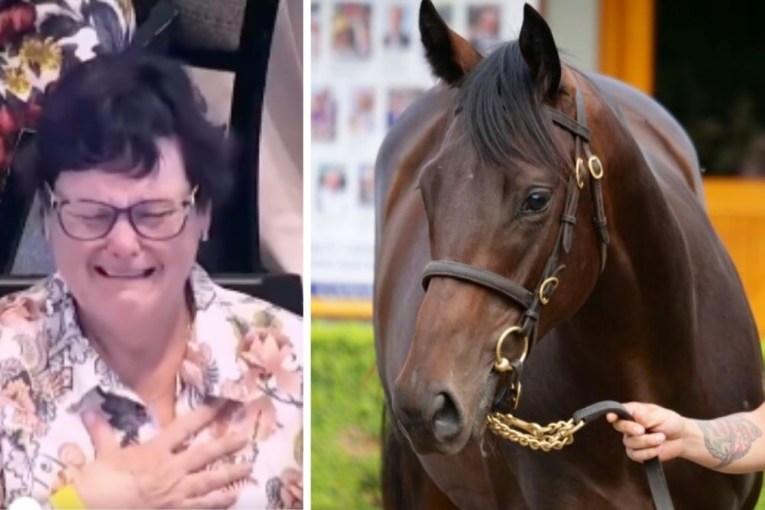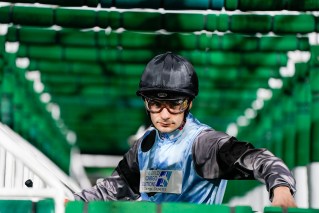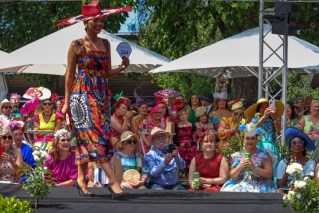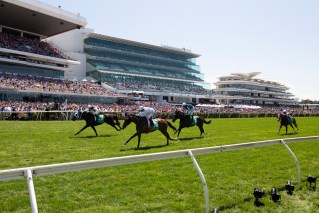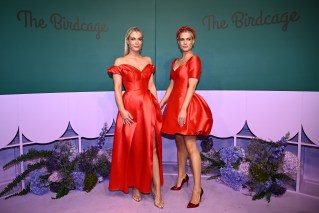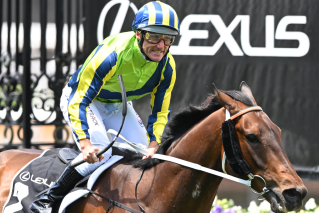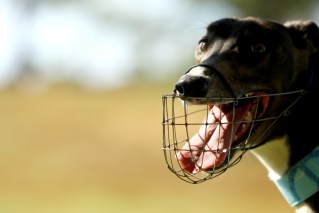Where is she now? Black Caviar, a cultural phenomenon

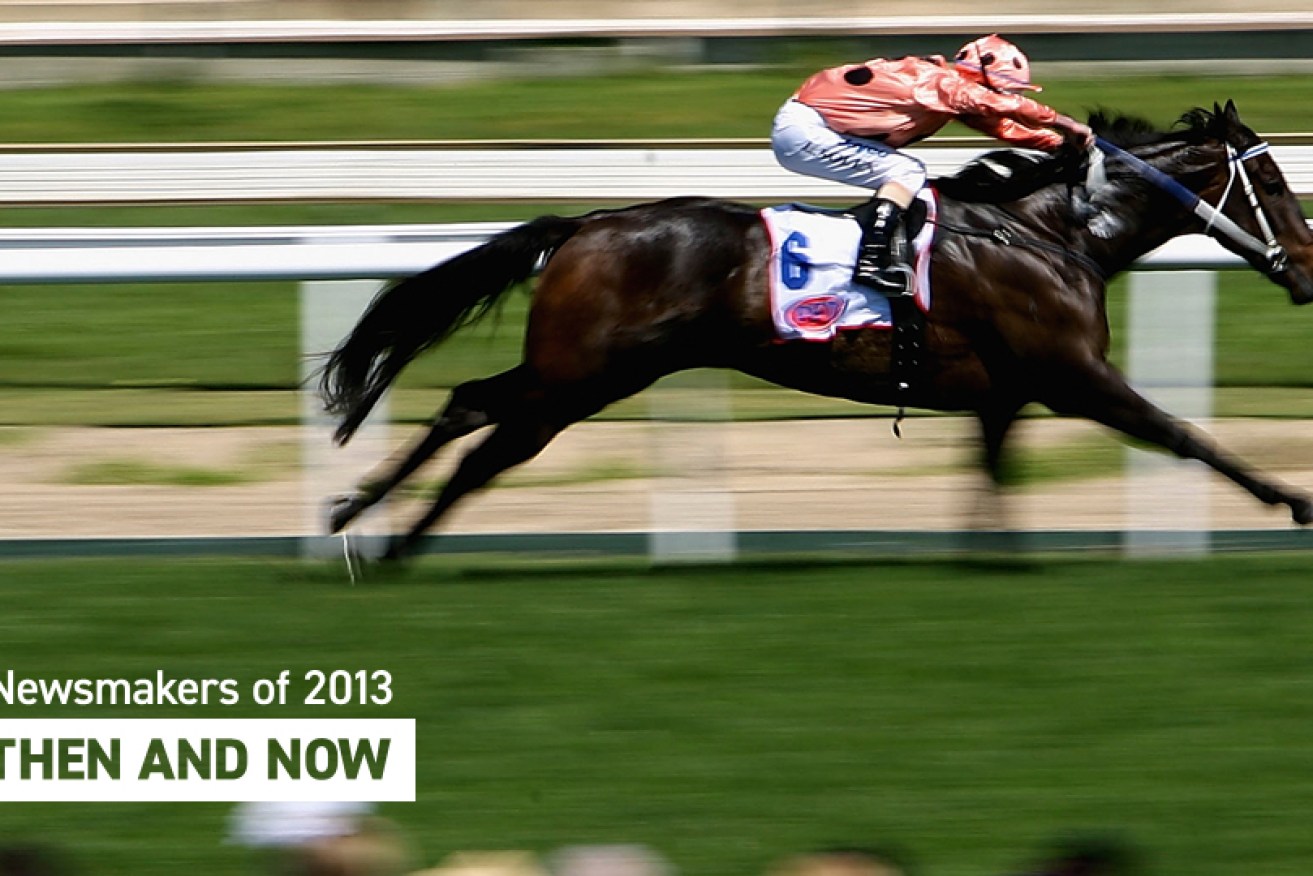
To celebrate its fifth birthday, The New Daily is looking back at those who made news in our first year. Legendary race horse Black Caviar is the third of our Newsmakers: Then and Now
On April 20, 2013, Black Caviar sauntered around the mounting yard at Caulfield Racecourse in the manner of a royal walkabout. She then cantered up and down the home straight one last time, in a leisurely farewell to an adoring public.
Her strapper was in tears. The crowd wept. Even then-Victorian premier Denis Napthine was misty-eyed. It was the last time they would see this magnificent, record-breaking mare. It was a precious slice of Australian history.
The moment was further confirmation Black Caviar was more than just a fast horse. She had risen above the status of champion racer, beyond even that of a sports star. She was a cultural phenomenon.
In five scintillating years of racing, she managed to sweep so many Australians along with her, transporting them back to another age, to the romance of a time when racing had the power to excite and inspire. Comparisons to Phar Lap were frequent – and not misplaced.
Black Caviar did not even race that day at Caulfield. But still, thousands streamed through the gates to see her, after her retirement had been announced just days before by her connections and trainer Peter Moody.
By that time, the six-year-old had chalked up 25 wins from 25 starts, including 15 Group 1 victories, and won almost $8 million in prize money.
The Saturday before, she had won the TJ Smith Stakes at Randwick in sensational style, by three lengths, making it 25 consecutive victories and 15 Group 1 wins, breaking the Australian record of 14, held by Kingston Town.
Sport journalist and broadcaster Gerard Whateley, who wrote the definitive biography, Black Caviar: The Horse of a Lifetime, tells The New Daily even he was surprised by the swiftness of the mare’s ascent to cultural identity – cult figure even.

Thousands turned out to farewell Black Caviar at Caulfield. Photo: Getty
“By the time she had her sixth start at the spring carnival in [November] 2010, one of the things that struck me was how quickly she became a sporting figure of serious note,” Whateley says.
“She was already in a very narrow category by that stage, because you were talking generations ago that there were horses who’d had seven wins in a row … and when she went out to run, everybody felt like they had an emotional stake in this streak continuing.”
Whateley says Black Caviar quickly assumed “a place in the national affection, the likes of which was reserved for Phar Lap”.
Part of that lay in her speed. The same way we are in the thrall of an Usain Bolt or a Lewis Hamilton, people found exhilaration in her pure, unadulterated speed. Part of it was the aura of invincibility, riding the knife edge of failure. The other, he says, was “the intangible”.
“Why did so many people with zero interest in racing and only a passing interest in sport, pause to observe when she ran? Why did they care that they won? Why were hard-bitten punters, who didn’t even have a dollar on her, so invested in her emotionally?”
TV ratings spiked and newspaper front pages splashed whenever she ran. And not just in Australia. The British papers lauded her after her win at Ascot in 2012.
Hard on the hooves
The Australian public had waited more than 70 years for a legend like Black Caviar. Incredibly, within just a couple of years, they had another.
Starting in May 2015, a mare with a fast-churning stride called Winx came along, beginning a run of 29 consecutive wins, including a world-record 22 Group 1 wins.
“It is absolutely phenomenal that one would follow the other,” Whateley says.
“I never imagined in my life there’d be another horse who would win 25 in a row. And here we are in the same decade, we have one with 29 wins, which is just amazing.”

Black Caviar fans wear the mare’s famous racing colours of salmon and black spots. Photo: Getty
Measured in pure racing terms, he says, “Winx’s CV is obviously superior”, winning more races, and higher-profile events.
But that is simply a function of the tyranny of distances – Winx runs in longer races, marquee events that Black Caviar, as a sprinter, could never match for cachet, like a Cox Plate or a Turnbull Stakes.
But where Black Caviar’s legacy is arguably greater, Whateley says, is in her “cultural cut-through”, as the trailblazer, as the first to revive the notion of a legend.
“I do think there was a difference culturally,” he says. “The cut-through, whatever you call it, Winx owes a lot to what Black Caviar laid out for her.”
Crowds inevitably flock to a Cox Plate or an Australian Oaks, but Black Caviar could attract huge numbers to meetings of much lesser stature.

Black Caviar attracted huge crowds to her two outings in Adelaide, here in April 2012. Photo: Getty
“Black Caviar went to Adelaide [in April and May 2012], and where they might get 900 people to a meeting, two meetings in a row they had 30,000 and posted ‘sold-out’ signs at the gate,” Whateley says.
“In Melbourne, in February, she attracted crowds they hadn’t seen for half a century. And I think this is what makes her different to Winx – people went to watch Black Caviar separate to everything else.”
The progeny
Predictably, there has been great expectation around the progeny of a champion like Black Caviar. So far, that expectation has not been fulfilled.
Her first foal, a filly named Oscietra, after struggles with injury, was retired to stud after just a few races. Her second, the three-year-old Prince of Caviar, will return to racing soon after one win from four starts.
There’s also a two-year-old yet to race and a yearling, while a fifth foal was born in the first week of October.

Luke Nolen rides Prince of Caviar to victory at Bendigo in late September. Photo: Getty
Whateley says while Oscietra clearly wasn’t “city class”, Prince of Caviar has shown good potential and his true class should be revealed over the next six months. But the latest foal may be the best contender yet to follow in its mother’s hoofbeats.
“In terms of soundness and bone structure, they think as a specimen she [the youngest foal] is the best of the foals born so far, but that’s still a couple of years away.”
Whateley says whatever the quality of horse flesh Black Caviar produces, their owners will derive great satisfaction from the process nevertheless.
“They will live the legacy and they will do it with a great sense of joy and fun, probably without the pressure and the high stakes [of Black Caviar].
“I think they find it a lot of fun.”


